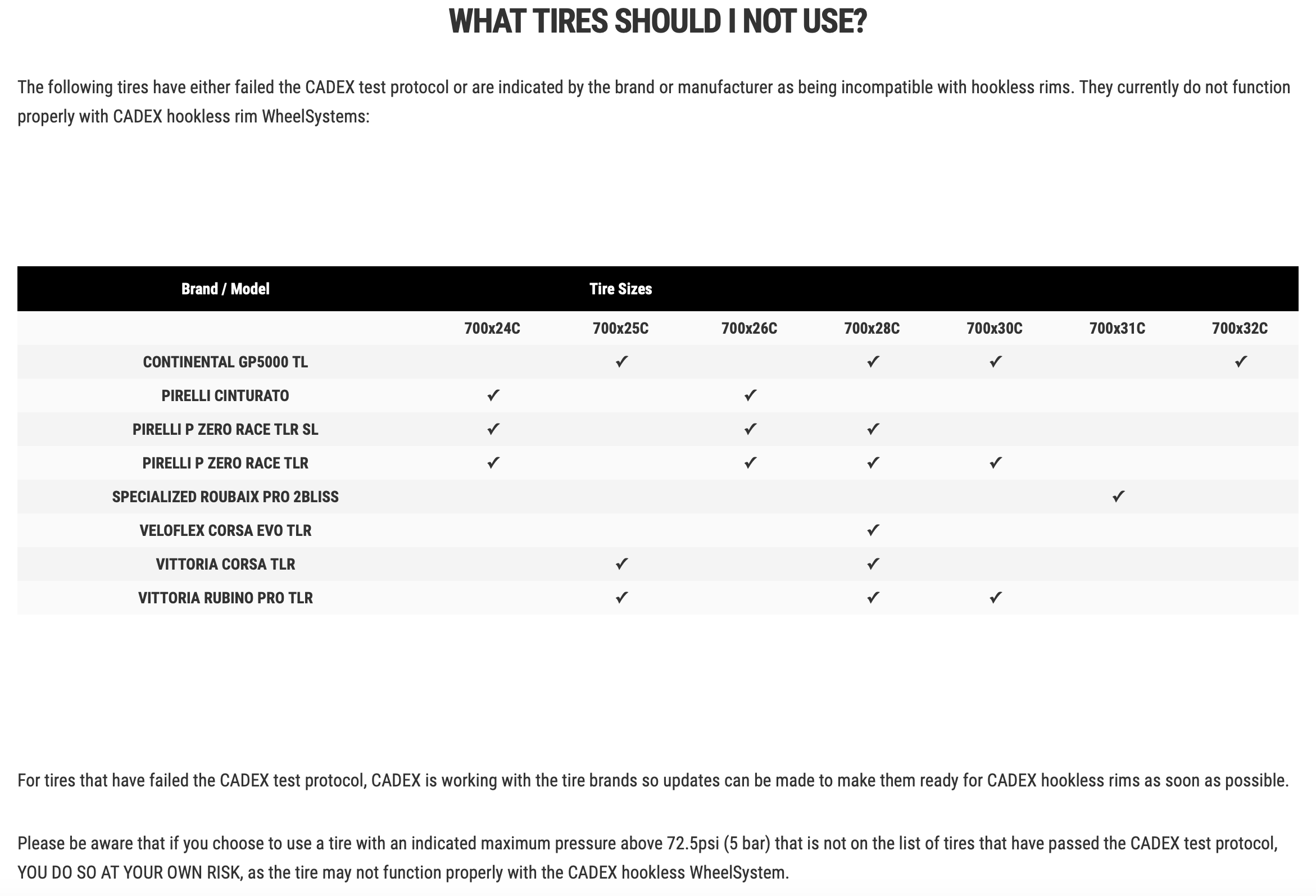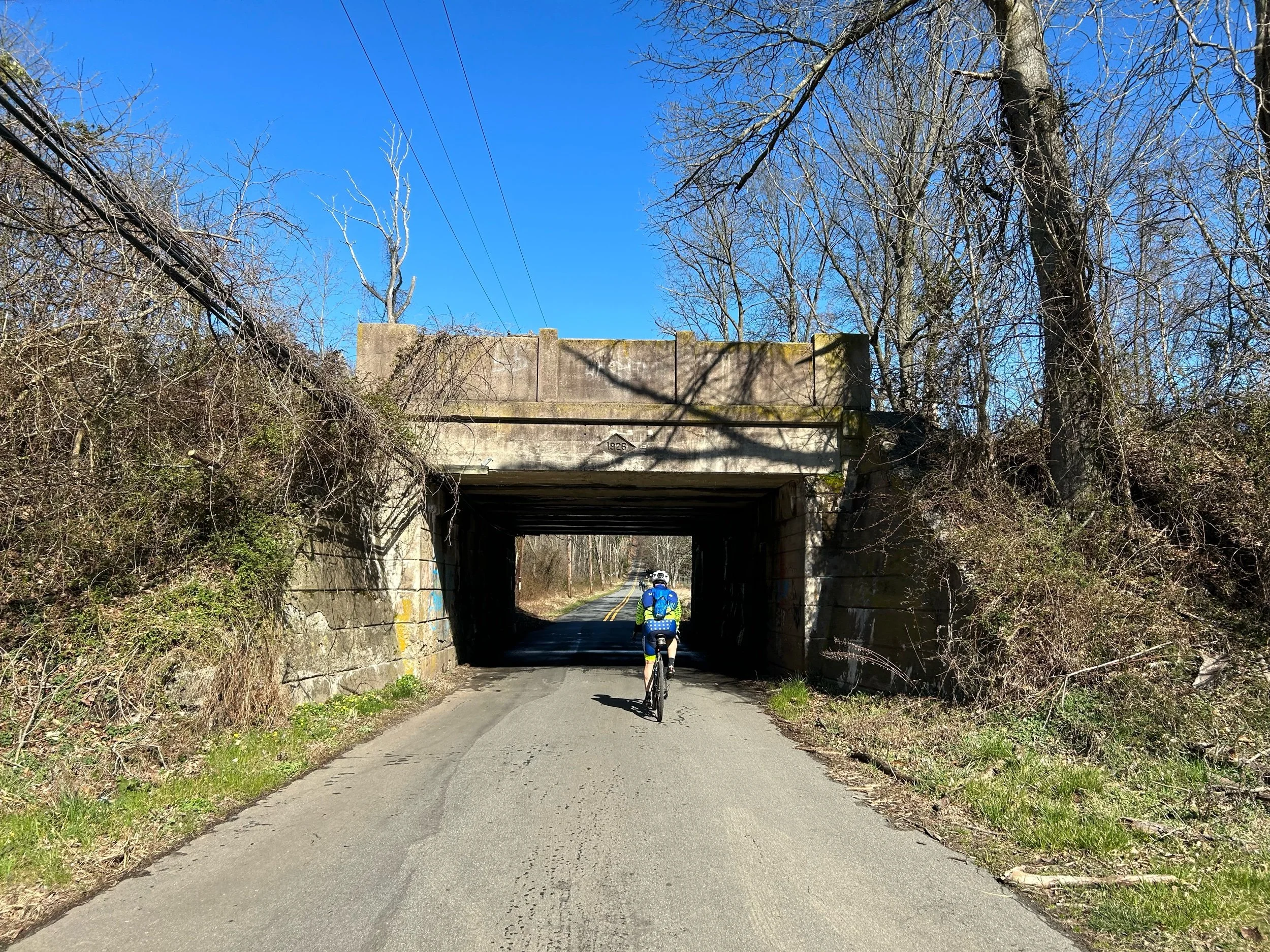Essay: On the Hookless Tubeless System
(2023) Several years ago, a story was relayed at a bike shop near the velodrome that has remained embedded enough to be told every once in a while:
Per the storyteller, (and names have been changed) a racer, whom we will call “Evan,” asked for tubular tire service. The shop owner, whom we will call “Gary” immediately sniffed out that this racer wanted to use the wheels for that night’s races at the velodrome. “Gary” did the prudent idea of turning “Evan” down, even to the point of calling him out about the request. There simply wasn’t enough time before the race for the glue to dry. Incensed, “Evan” pivoted to inquire about tubular and glue availability. If Gary wasn’t going to do the service, Evan was going to do it himself, despite the plethora of warnings. In doing so, Gary suddenly prioritized going to the velodrome that night for races to witness his prediction come true. Sure enough, Evan’s tubular rolled off and he crashed out. The moral of the story is proper set up to tires is important. Just ask Evan.
Since that incident, cycling has added a third tire system called tubeless, but there has been strong misunderstanding regarding the set up, particularly amongst the hooked versus hookless crowd. Those running stock wheels on Giant TCRs or Propels are discovering the notion that they are hookless. Because of Giant’s push to outfit bikes with hookless wheels, Giant, or more specifically CADEX, has issued a list of approved tubeless tires. Further down the article is a list of tires that are not approved, either because they have blown off a hookless rim, there was low confidence, or the manufacturer did not endorse the combination. Having heard numerous frustrations regarding tubeless, it seemed necessary to highlight that some failures could be attributed to a hookless rim having a hooked tire installed.
Three major wheel manufacturers endorse hookless rims: ENVE, Zipp, and Giant (CADEX). According to CADEX, the benefits of hookless rims allow for lighter tires due to the wider inner rim width. Also, the set up allows for a more rounded tire and stronger sidewall support. All this plus the durability factor of a stronger rim is why wheel builders have thrown so much support behind hookless rims. While many mechanics know of the hooked versus hookless setups, home mechanics are at risk of incorrect tire/ wheel combinations. Hookless tires work on hooked rims, but hooked tires do not work on hookless rims.
CADEX published a table of acceptable casings for their hookless wheel sets. Naturally CADEX and Giant tires dominate the list, but notice several tires are not recommended at various widths.
CADEX, specifically, published a table of tested hookless tires. This list is important to know because this is the area tubeless failures may be happening. What’s interesting is not one single tire passed the test at every width. Being that CADEX/ Giant fronted the study, it’s no wonder the recommended tires are made by them. But even their own tires are not recommended in every width from 23c - 40c. CADEX continues their list of accepted tubeless casings by stating a couple tires are acceptable in a specific condition, such as of the Pirelli Cinturato Velo or the Continental GP5000 S TR. It’s easy to see how some tubeless failures occur because of the precise scenario necessary for success.
A second table produced by CADEX is blatant in its message- that the tires either failed the protocol or the manufacturer specifically forbids its use on hookless rims. These are some of the more well-known casings; tires such as Specialized Roubaix, Veloflex Corsa, Vittoria Corsa, and Continental GP5000s. Knowing these tires dominated the clincher field, it’s possible tubeless converts have - wrongfully - attempted to use these tires on hookless systems with possibly disastrous outcomes. CADEX goes on to say that any tire used on a hookless rim that has been reported as incompatible is done so at the risk of the rider.
CADEX specifically listed these tires as incompatible with hookless rims.
Though this list was published years ago and has not been updated, it is important to identify that not all tubeless ready (TLR) casings work with all tubeless rims. It’s also important to recognize that not all widths are compatible with hookless rims. Despite having meticulously vetted a tire selection, I still managed to receive incompatible tires. Luckily it was identified as soon as the boxes were brought to the service course, but it shows that the process is murky at best. It is recommended to speak to the local mechanic for suitable tubeless tires on hookless rims. And if the mechanic refuses to install an incompatible casing, it’s best to leave it at that and not force the issue. Otherwise, people will show up to your race to see the outcome.






